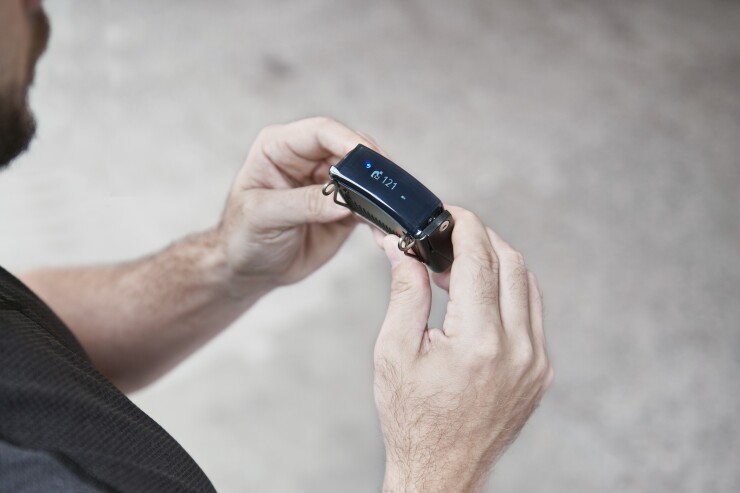The wearable device looks like a pager that vibrates when a worker is participating in potentially harmful activities like picking up something by bending. Reflex notifies the person with real-time advice for the worker to show them that squatting to pick up something instead helps to prevent musculoskeletal injuries.
"We are giving you the means to prevent claims in the first place," says Elhawary, adding that
"That shift we are seeing will start to accelerate–MGAs and MGUs are nimble and can try things, we're the experiment. But if we can prove it can reduce claims, more carriers will do the same."
Kinetic recently added a jump detection feature to help workers avoid unnecessary jumps. In 2021, jump-related injury claims cost about $142 million, according to the National Council on Compensation Insurance.
Dale Hoppe, vice president of programs underwriting for workers compensation at
"As a carrier partner we are here to support their expansion needs and or give them capital resources. … What has been most exciting has been the reception in the markets," Hoppe says. "Brokers are receptive and excited about innovation in the workers comp space."
Hoppe adds that Nationwide is interested in the data from the wearables.
"The data is for employers and their safety and risk managers to create safer environments," Hoppe says. "At the crux of what they're doing, the data is trying to tell them where they can be safer."
The device reduces injuries by about 50 to 60% and lost workdays by 72%, according to Kinetic and the actuary firm Perr & Knight, which verified that information.
Kinetic plans to add more detection features for various motions in the future.






